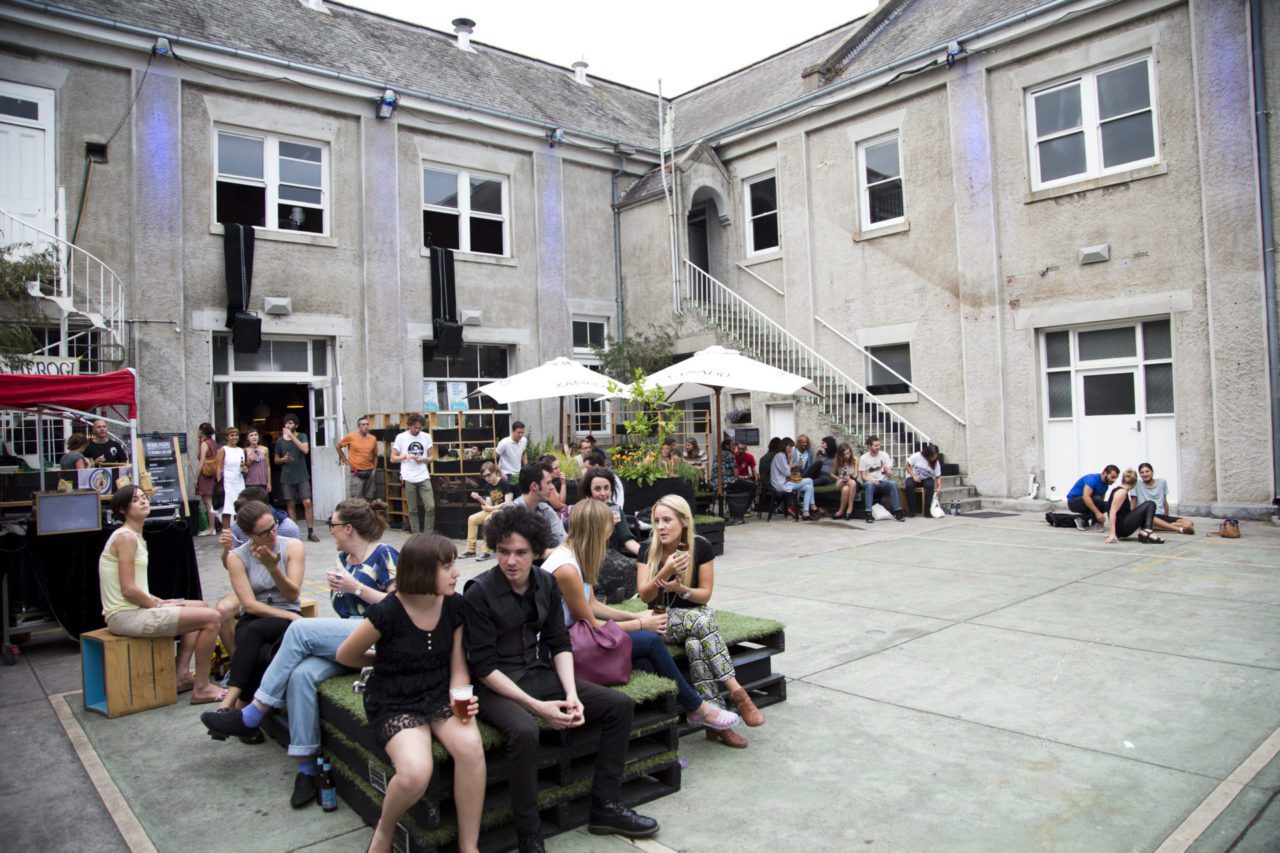Industrial School
Designed by JB Denny and built in 1868, the Industrial School is the oldest surviving building within the Convent grounds and is the oldest known privately-built school of industry in Victoria. Schools of industry took in neglected, orphaned or abandoned children and taught them a trade to ‘keep them from adversity’. In this Industrial School, girls learnt literacy and trade skills such as sewing, mattress (paillasse) making and shoe-making. Today, it is a multi-purpose space available for creative development as well as arts and cultural activities.
The history of the Abbotsford Convent provides an opportunity to consider the experiences of women during the late 19th and 20th centuries. People often refer to the Sacred Heart section – which contained the Industrial School and the Magdalen Laundries – as being home to Melbourne’s ‘wayward girls’ but, in truth, many sent here were victims of circumstance and were not ‘bad girls’. Sometimes, they were sent to Sacred Heart due to a difficult family situation, such as their parents abandoning them or dying, for living in a state of poverty or if the parents were considered to be a ‘negative influence’. Young women also came to the Convent as a result of domestic abuse, if they were disabled or even if a parent considered their daughter to be ‘too beautiful’ and therefore at risk of being taken advantage of. Others were sent to Sacred Heart because they had misbehaved, were difficult to discipline or when their actions were considered to be against the strict moral code of the day (which was always stricter for women than men).
Before the advent of feminism, and at a time when religion occupied a more central place in society, women could be cast out of their communities for a range of reasons. Prior to the advent of government social safety nets, convents such as this one provided an open door to those in need. The Sisters’ mode of care was effectively a past version of social work. It was very disciplined, much like the lives of the Sisters themselves, whose activities were governed by traditions sometimes hundreds of years old.
Today, there is some criticism of the Sisters’ method, and indeed they have since publically apologised for elements of that care. While sites like the Abbotsford Convent are now very rare, during the 20th century there were hundreds of government and religious institutions across Australia that took care of over 500,000 children. The Abbotsford Convent is important as one of the last remaining sites where we can better understand a long-gone method of care in a society very different to our own.

